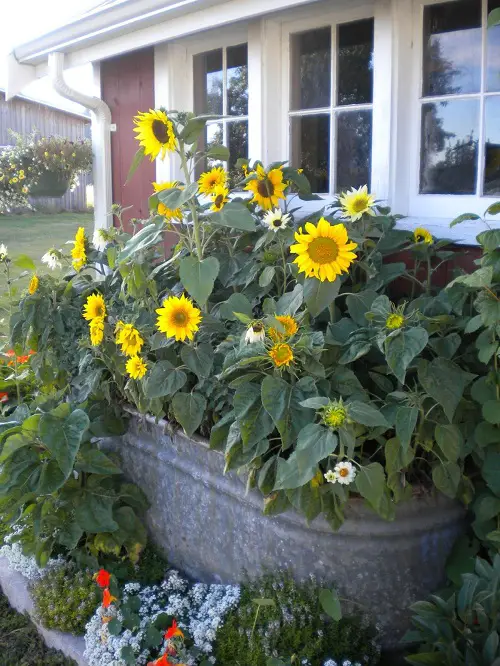Do you want to increase the blooming period of sunny blossoms? Then you need to learn How to Deadhead Sunflowers!

Deadheading can help you encourage better growth for sunflowers and doesn’t need much—just pruners, gloves, and isopropyl alcohol. Once you have these ready, you can carry on with our How to Deadhead Sunflowers guide.
Why Deadhead Sunflowers?
We all love sunflowers and their vibrant colors. But what’s the need to deadhead them? And if you’re a beginner, you might be wondering, what’s deadheading anyway? Well, deadheading is the removal of spent flowers (the blooms that are wilting or have faded). And why do we do this?
Deadheading can have tons of benefits for your flowers. It redirects the plant’s energy toward producing new flower buds instead of trying to revive the spent flowers. This also keeps the plant from self-seeding and adds to the aesthetics (No one likes wilting flowers).
How to Deadhead Sunflowers?

Deadheading sunflowers is really easy and only takes a few steps.
Start by cleaning your tools with rubbing alcohol so there’s not spread of bacteria or diseases. Once you’ve done this, look for flowers that are wilted and don’t seem 100% healthy. A few telltale signs are faded color and loss of petals.
Now, all you have to do is cut them. Snip just above the first set of leaves you see under the flower. Then, remove all of these dead flower heads and dispose of them. That’s it!
Note: Depending on your sunflower’s variety and garden conditions, there is a chance that you might need to deadhead again later in the season for continuous blooming.
What About Pinching?
Pinching is Important! You can start doing it when the plant grows to a height of 6-8 inches. Pinch the growing tip of the stems, just above the leaf node. This will promote the growth of more stems and branching, which equals more flowers!
Do remember that it works the best with branching sunflowers, such as ‘Autumn Beauty’, and not the single stemmed ones, as they typically produce one large flower per plant. So pinching won’t stimulate any production of stems for the growth of future blooms, there.
Tips for Deadheading Sunflowers
- You should deadhead them at the right time (when the flowers have started wilting) for continuous blooming and for the best quality seeds.
- It’s best to snip just above the leaf nodes and at a slight angle for plant health.
- After removing the spent flowers, you should make sure your plant receives adequate water and nutrients.



